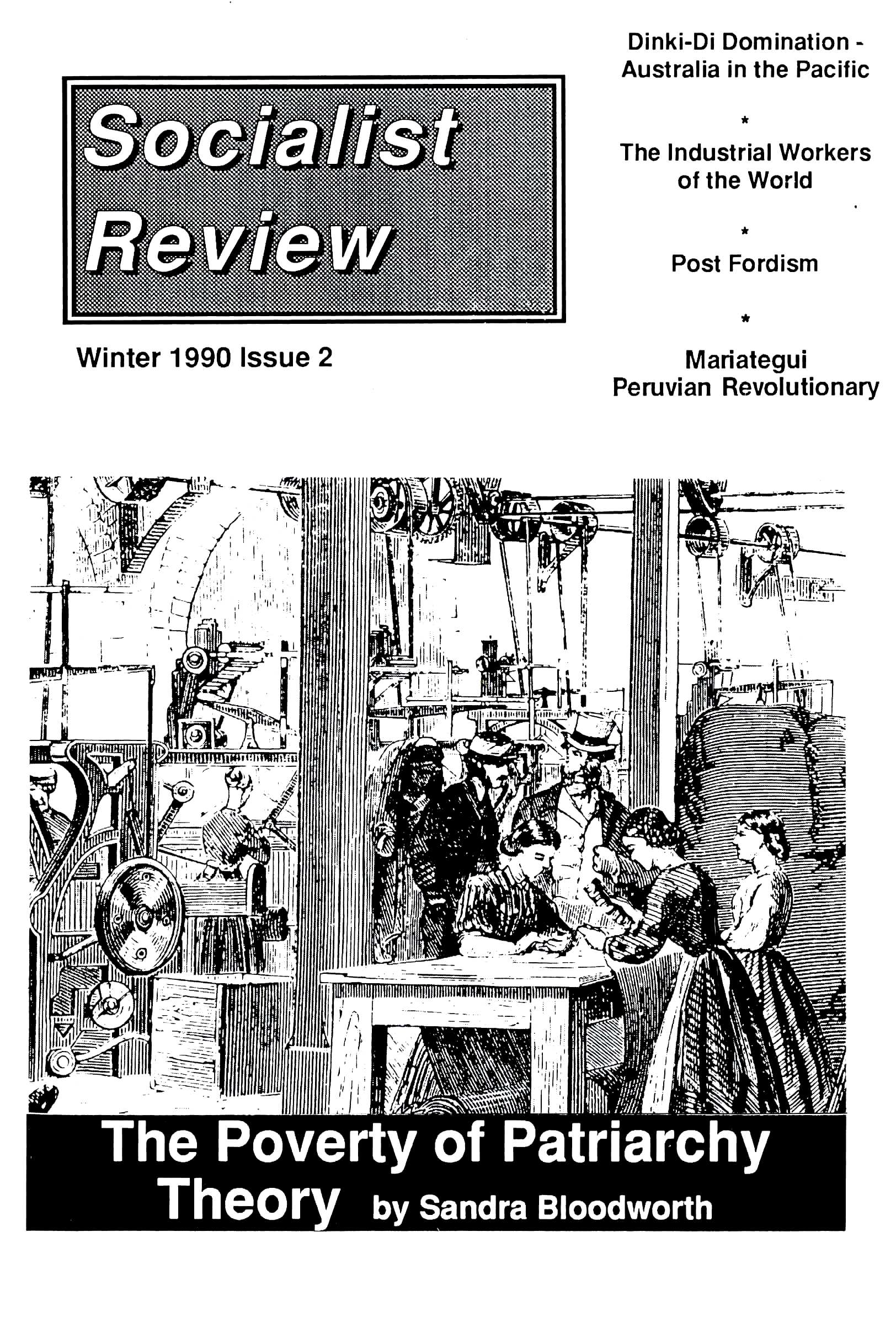Reading on Eastern Europe
Playback speed:
The upheaval in Eastern Europe provides revolutionaries with both inspiration and a serious challenge. While celebrating the break-up of the monolithic Stalinist bloc, we also have to be able to counter the arguments about the “death of socialism”. The theory of state capitalism offers the only satisfactory Marxist explanation of the crisis, and an understanding of the theory is indispensable for anyone trying to come to grips with what is going on and to work out the way forward for the struggle.
The short book Russia: From Workers’ State to State Capitalism (Bookmarks) is a good place to start. It gives a brief account of the defeat of the Russian Revolution due to its isolation and the rise to power of a new bureaucratic ruling class led by Stalin. It goes on to examine the nature of class society and the economy in Russia and the Eastern bloc, and concludes with a summary of the theory of state capitalism.
In 1915, leading Bolshevik Nikolai Bukharin wrote Imperialism and World Economy (Merlin Press), in which he argued that the world was more and more being divided up into “state capitalist trusts”. As capitalism ages, the tendency to centralisation and concentration, first identified by Marx, means that the state of necessity plays a bigger role in the economy. Most importantly, it is the state which must militarily protect national capitals. These ideas are developed in Chris Harman’s Explaining the Crisis (Bookmarks), which examines the general trends of capitalist development East and West. Both of these are useful background reading and provide a general theoretical framework.
The theory of state capitalism was first fully developed by Tony Cliff. His State Capitalism in Russia (Bookmarks) was written in the late 1940s, as Cliff grappled with the contradiction between the orthodox Trotskyist analysis of Russia as a “degenerated workers’ state” run by an unstable bureaucratic clique, and the reality of what was happening in Eastern Europe, where the Russian bureaucracy was carving out an empire in its own image.
Cliff examines Russian society and the economy in great detail and shows how the law of value and the laws of capitalism generally work there. The new edition has a postscript taking us up to the Gorbachev period, and includes Cliff’s critiques of orthodox Trotskyism and the theory of bureaucratic collectivism.
Tom O’Lincoln’s pamphlet State Capitalism and Marxist Theory summarises Cliff’s argument and takes up some of the debates that have arisen about the theory.
Michal Reiman’s The Birth of Stalinism (I.B. Taurus) is a fascinating and detailed account of the Stalinist counter-revolution. It focuses particularly on the crisis of the late 1920s and argues that Stalin’s methods were a complete break with socialism. Reiman’s analysis of the problems of the New Economic Policy is extremely useful today, as it provides arguments against “market socialism”.
The best survey of state capitalism in Eastern Europe is provided by Chris Harman, In Class Struggles in Eastern Europe 1945-83 (Bookmarks). The first section briefly examines how the Russian empire was created after World War II, but most of the book is taken up with an account of the major struggles that took place in East Germany, Poland, Hungary and Czechoslovakia. Despite the defeats of these struggles, he concludes that the crisis in these countries cannot be resolved, and that further explosions are inevitable – an analysis confirmed in a general sense by the events of the last year or so, although Harman underestimated the ability of the regimes to buy time by initiating political reforms.
However, he correctly argues that the demands of world competition mean that economic “reform” will take place at the expense of the working class, and that revolution is necessary to create genuine socialism.
Much of the impetus for the changes in Eastern Europe can be traced back to the rise of Solidarnosc in Poland in 1980. And indeed, Poland has seen a higher level of struggle generally than most of the other Eastern European countries. In 1965 Jacek Kuron and Karol Modzelewski wrote the classic Open Letter to the Party, a revolutionary socialist analysis of Polish society, which they argued was state capitalist. Tragically, they later renounced this analysis. Formerly an advisor to the Solidarnosc leadership, Kuron is now Minister of Labour, overseeing an austerity program which the Communist Party was incapable of implementing. But the Open Letter (now republished as Solidarnosc: The Missing Link? by Bookmarks) remains essential reading.
Detailed accounts of the Solidarnosc experience which argue for a revolutionary solution are Solidarnosc: From Gdansk to Military Repression by Colin Barker and Kara Weber (special issue of International Socialism, 2:15) and Barker’s Festival of the Oppressed (Bookmarks). The Polish opposition is examined in “Solidarity at the crossroads – interviews with Polish Socialists” in International Socialism, 2:41. The interviews took place not long before Solidarnosc went into government, and indicate both the fighting spirit and the theoretical confusion of many among the opposition.
Various issues of the International Socialism journal contain articles on state capitalism and the state capitalist countries. For the more recent period, see in particular Mike Haynes, “Understanding the Soviet Crisis” (2:34) and Chris Harman and Andy Zebrowski, “Glasnost – Before the Storm” (2:39, also available as an International Socialist pamphlet). Mike Haynes’ article “Nightmares of the Market” (2:41) looks at the impact of the market on Yugoslavia and Hungary, and Chris Harman examines “The Myth of Market Socialism” (2:42).
Most of these publications are available from ISO branches or Bookmarks.

